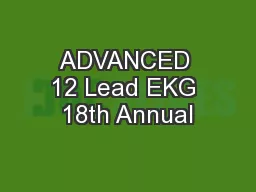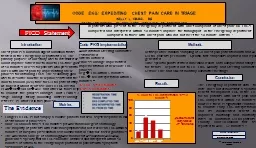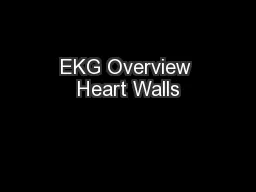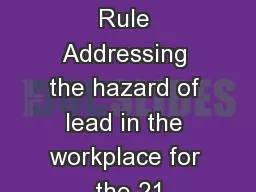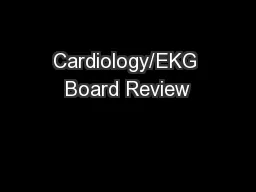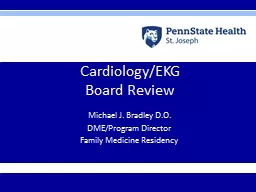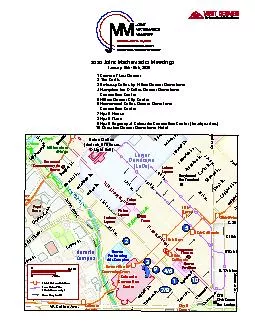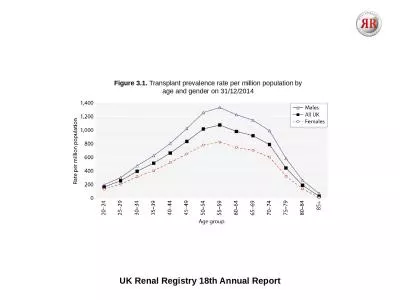PPT-ADVANCED 12 Lead EKG 18th Annual
Author : trish-goza | Published Date : 2018-10-06
North Douglas County Rural EMS Retreat March 2nd 3rd amp 4 th 2018 Jim Cole LP MAHE NRP FPC CEMSO CMTE jcole3peacehealthorg 5412221794 Objectives Develop a
Presentation Embed Code
Download Presentation
Download Presentation The PPT/PDF document "ADVANCED 12 Lead EKG 18th Annual" is the property of its rightful owner. Permission is granted to download and print the materials on this website for personal, non-commercial use only, and to display it on your personal computer provided you do not modify the materials and that you retain all copyright notices contained in the materials. By downloading content from our website, you accept the terms of this agreement.
ADVANCED 12 Lead EKG 18th Annual: Transcript
Download Rules Of Document
"ADVANCED 12 Lead EKG 18th Annual"The content belongs to its owner. You may download and print it for personal use, without modification, and keep all copyright notices. By downloading, you agree to these terms.
Related Documents

